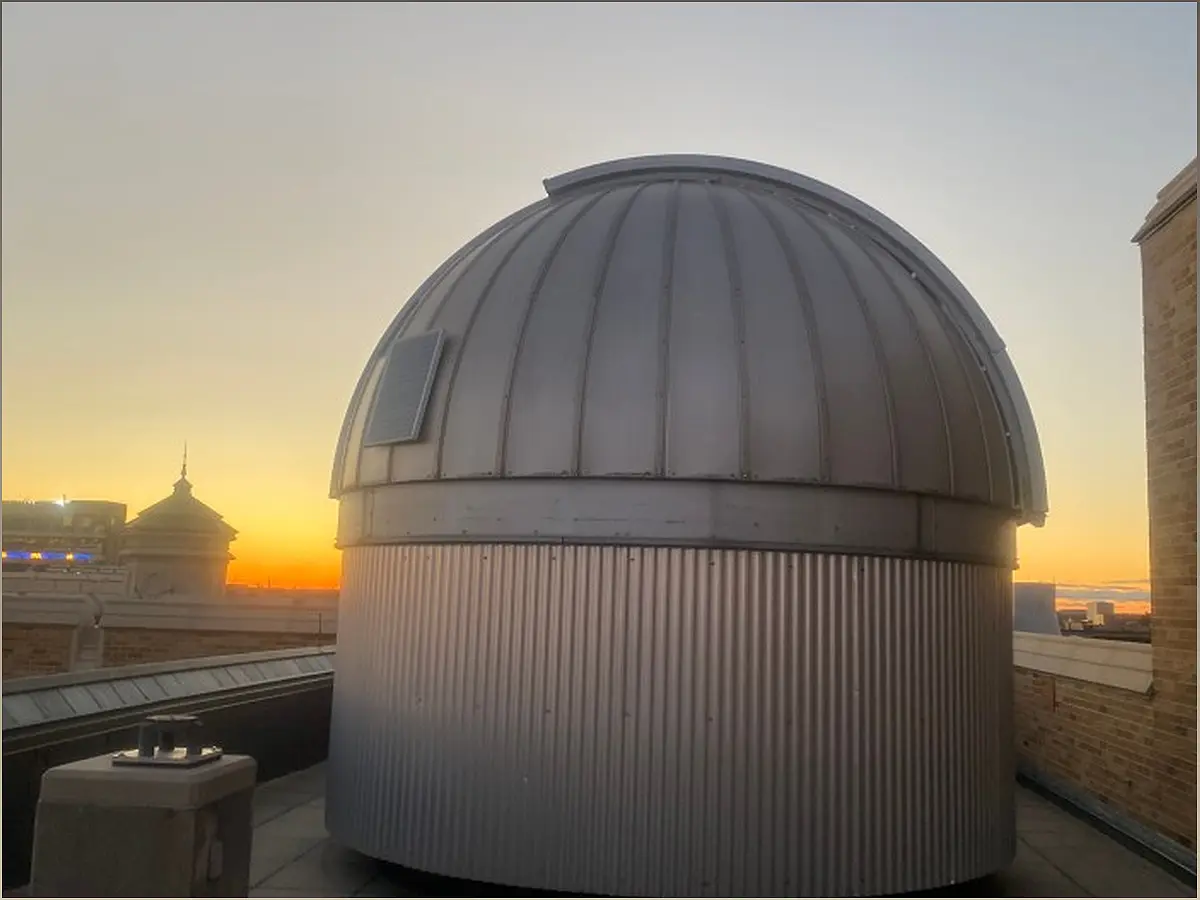Welcome to the captivating realm of Jordan Hall Observatory, where students embark on a journey of astronomical exploration. Join us as we delve into the thrilling discoveries made by Notre Dame students, revealing hidden planets and unraveling the mysteries of the cosmos.
Unveiling the Kriz: A Gateway to Celestial Discoveries
Explore the remarkable Sarah L. Krizmanich Telescope and its role in uncovering hidden celestial wonders.
Welcome to the Jordan Hall Observatory, home to the extraordinary Sarah L. Krizmanich Telescope. This state-of-the-art instrument allows Notre Dame students to peer into the depths of the universe, revealing celestial bodies that were once unseen. With its remarkable capabilities, the Krizmanich Telescope has become a gateway to fascinating discoveries.
Imagine gazing through the lens of this powerful telescope, capturing glimpses of distant quasars and even potential new planets. The Krizmanich Telescope's ability to observe fainter objects, including those dating back to the Big Bang, sets it apart from smaller scopes. It is through this remarkable instrument that students like McKenna Leichty have made groundbreaking discoveries, reshaping our understanding of the cosmos.
Unearthing Hidden Planets: McKenna Leichty's Discovery
Delve into the fascinating journey of McKenna Leichty, a physics major who stumbled upon an undiscovered planet using the Krizmanich Telescope.
While studying an eclipsing polar, McKenna Leichty noticed a significant deviation in her calculations. Intrigued by this anomaly, she embarked on a quest to unravel its mystery. Through meticulous research and the use of an equation from an obscure paper, Leichty determined that her calculations pointed to the existence of a previously unknown planet.
Leichty's groundbreaking discovery showcases the immense potential of the Krizmanich Telescope and the opportunities it provides for student research. Her findings will soon be published, adding to the growing body of knowledge about the vast expanse of the universe.
Exploring the Mysteries of V844 Herculis: Anousha Greiveldinger's Journey
Join Anousha Greiveldinger as she uncovers the secrets of V844 Herculis, reclassifying it as an 'intermediate polar' through her observations with the Krizmanich Telescope.
Another remarkable discovery made possible by the Krizmanich Telescope is the reclassification of V844 Herculis. Physics major Anousha Greiveldinger's observations revealed that this star, previously classified as a 'dwarf nova,' possesses a strong magnetic field that funnels gas onto its magnetic poles. This unique characteristic led to its reclassification as an 'intermediate polar.'
Greiveldinger's findings shed light on the complex nature of celestial objects and demonstrate the valuable contributions that students can make through their research at the Jordan Hall Observatory.
Beyond the Classroom: Public Access and Celestial Events
Discover how the Jordan Hall Observatory opens its doors to the public, offering opportunities to witness astronomical phenomena.
While primarily utilized by students enrolled in specific courses, the Jordan Hall Observatory also hosts events for the public. Stargazing nights and viewings of celestial events, such as lunar and solar eclipses, provide a chance for individuals to engage with the wonders of the universe.
Whether you're a faculty member, a student, or a curious astronomy enthusiast, these events offer a unique opportunity to explore the night sky and deepen your appreciation for the vastness of our cosmos.

